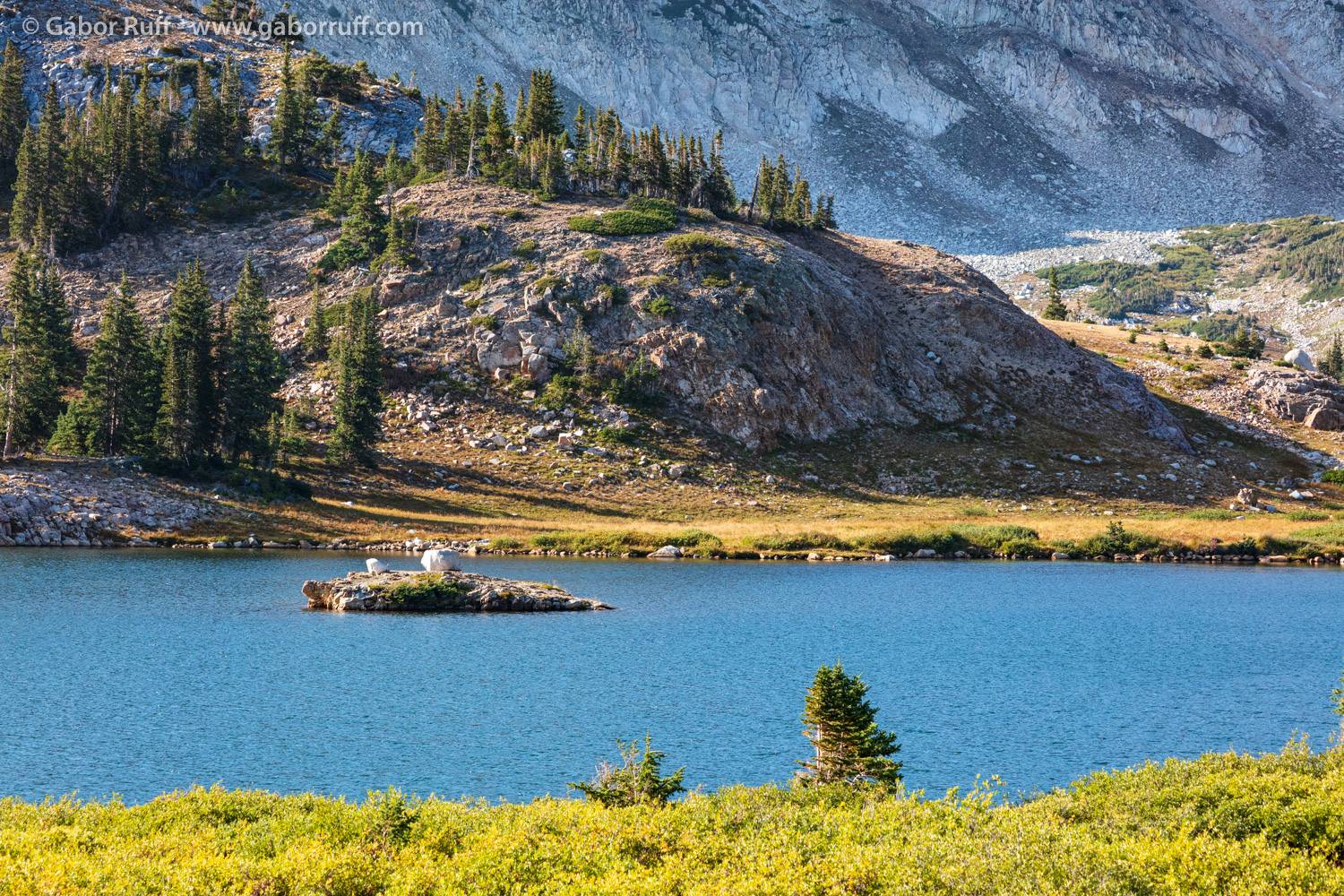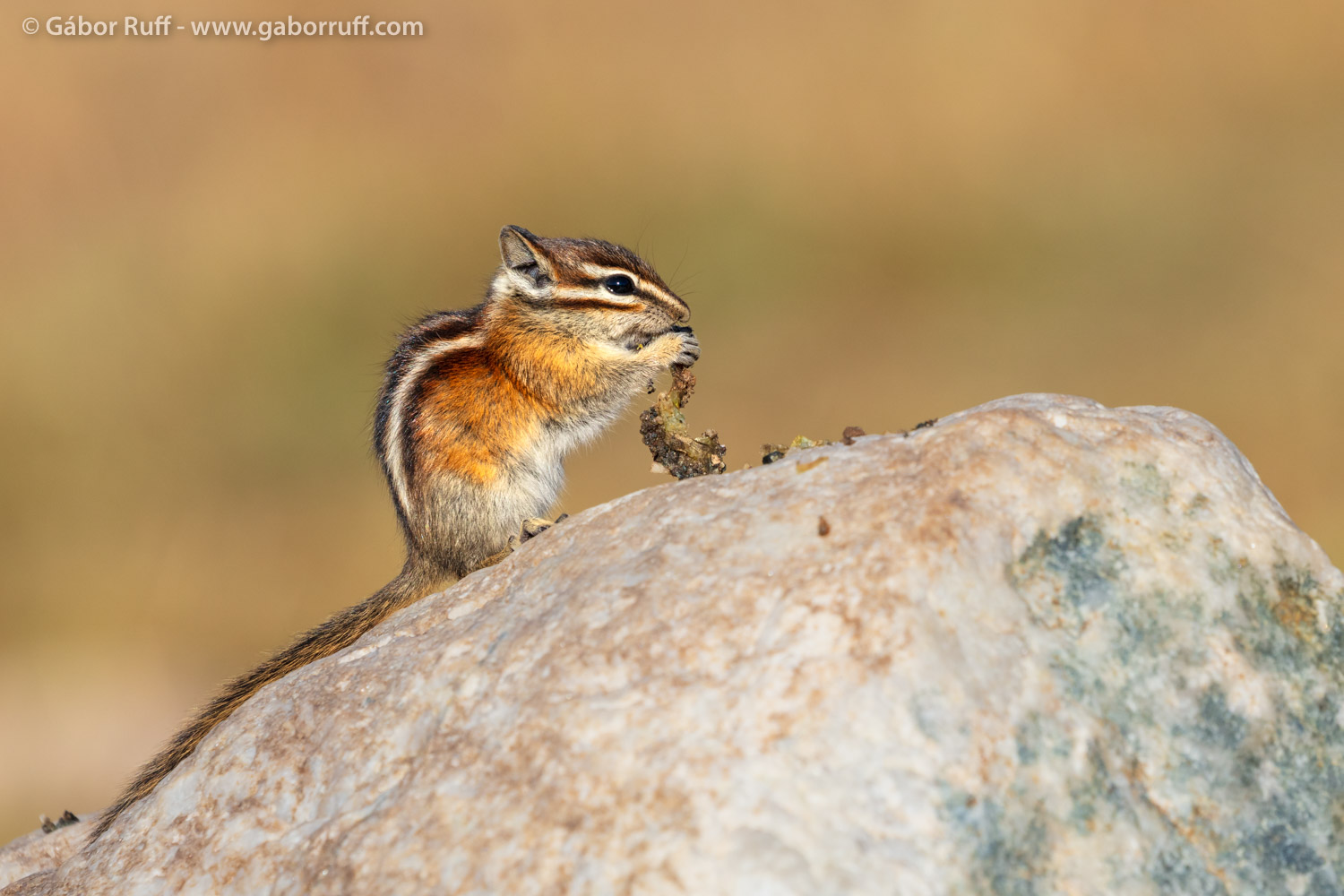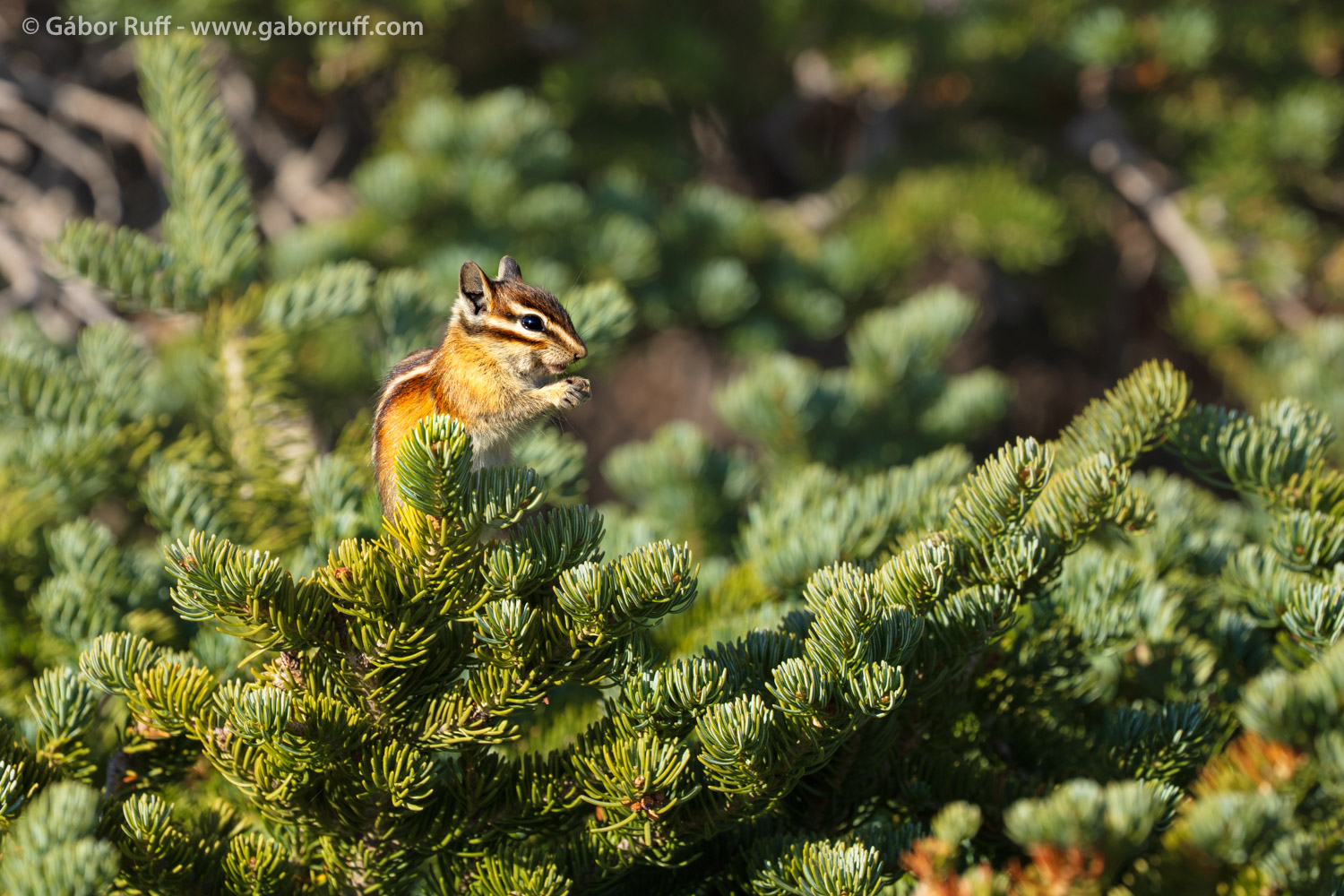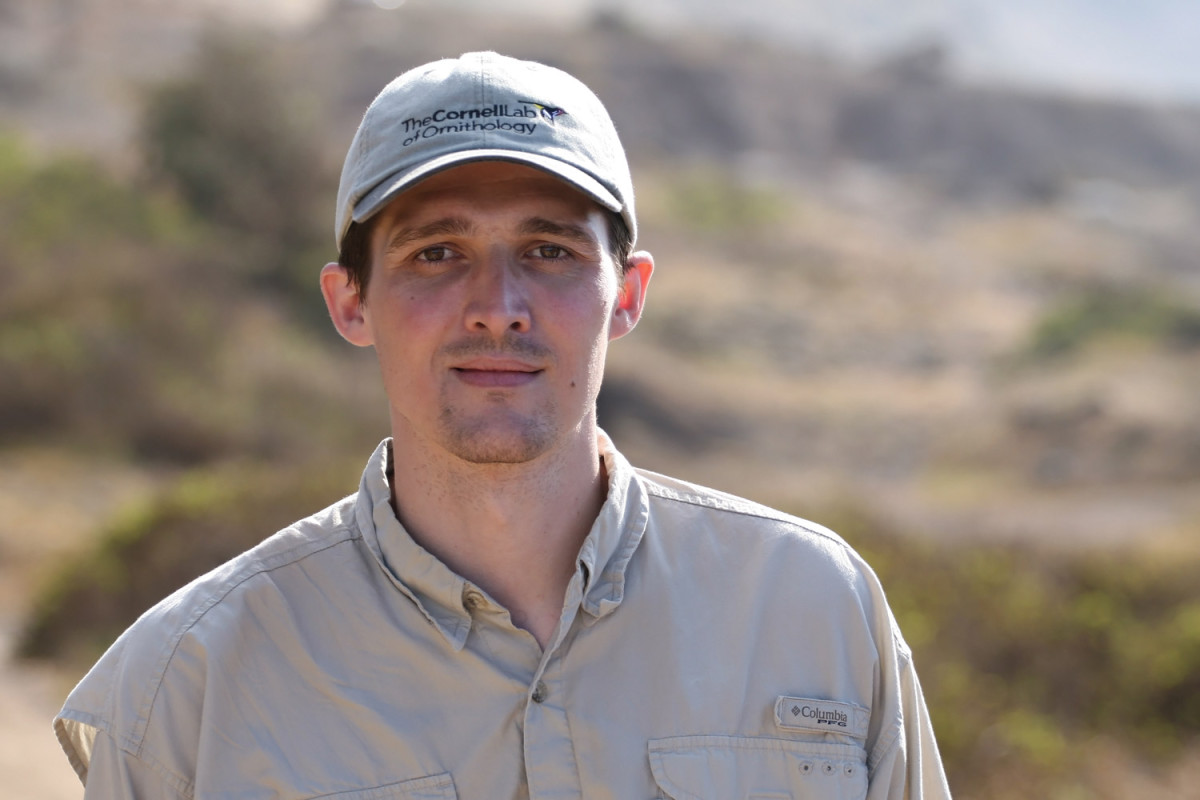In September, Gabi and I went on another amazing road trip out west. Our goal was to explore parts of the Cascade Range and the Rocky Mountains, and to revisit Theodore Roosevelt National Park. Our route roughly followed the historic Oregon Trail. While this 7000 mile long journey wasn’t a dedicated nature photography trip, I brought along some lighter gear so I could still capture anything interesting we came across. We visited a lot of incredible places, but since this is a nature photography blog, I’ll focus only on the breathtaking landscapes and memorable wildlife encounters.

Our first glimpse of the Rockies came in Wyoming’s Medicine Bow National Forest (map). It’s a beautiful, peaceful area where we could really soak in the scenery. We sat down by Libby Lake and quietly watched the unique world that surrounded us. In the peace, we were able to watch the chipmunks around us. These chipmunks stood out, because these ones were noticeably different from those back home.

While chipmunks are common in the Northeast — we even see them in our backyard — the ones here were smaller, with noticeably longer tails. These were Least Chipmunks (Neotamias minimus), the smallest and most widespread chipmunk species in North America. They are found through most of the western States. They typically measure 6 to 10 inches (15–25 cm) in total length, with tails around 3 to 4.5 inches (8–12 cm). Their distinctive markings include five dark stripes on the back, separated by four light ones. Fast and energetic, they were a joy to watch as they scurried around for food, seemingly unfazed by our presence.

One of the highlights was watching them climb trees. A few years ago, I saw an Eastern chipmunk climb a tree in Connecticut, but it’s still not something I’m used to seeing. One particularly agile Least Chipmunk climbed all the way to the top of a pine tree that must have been 20–25 feet (6–8 meters) tall. It was a delightful sight. Both Gabi and I are big fans of small mammals, so this little moment was a perfect start to what we hoped would be a trip full of awesome wild animal sightings.
For these photos, I used my Canon EOS 5Ds paired with the Canon EF 100–400mm L lens. I relied on the lens’s excellent image stabilization to shoot handheld and follow the chipmunk’s quick movements with ease.


